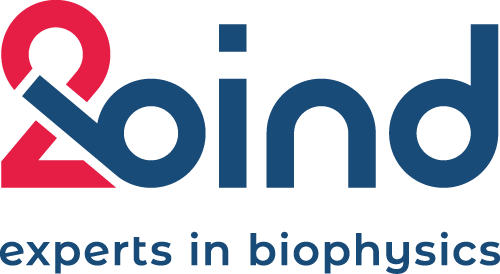QTY code enables design of detergent-free chemokine receptors that retain ligand-binding activities
Shuguang Zhang, Fei Tao, Rui Qing, Hongzhi Tang, Michael Skuhersky, Karolina Corin, Lotta Tegler, Asmamaw Wassie, Brook Wassie, Yongwon Kwon, Bernhard Suter, Clemens Entzian, Thomas Schubert, Ge Yang, Jörg Labahn, Jan Kubicek, and Barbara Maertens
The QTY (glutamine, threonine, and tyrosine) code-designed detergent-free chemokine receptors may be useful in many applications. The QTY variants may be useful not only as reagents in deorphanization studies but also for designing biologics to treat cancer and autoimmune or infectious diseases. The QTY code allows membrane proteins to be systematically designed through simple, specific amino acid substitutions. The QTY code is robust and straightforward: It is the simplest tool to carry out membrane protein design without sophisticated computer algorithms. Thus it can be used broadly. The QTY code has implications for designing additional G protein-coupled receptors and other membrane proteins or, potentially, for rendering water-insoluble and aggregated proteins soluble.
See how MST and nanoDSF helped in designing these novel and groundbreaking detergent-free chemokine receptors and check out the paper by the Zhang group from MIT.
In order to see how our services can improve your research in just the same way, head over to our Services overview or jump directly to Drug Discovery Services, Protein Biophysics Services, Aptamer Services, or our services for Antibody Development.

